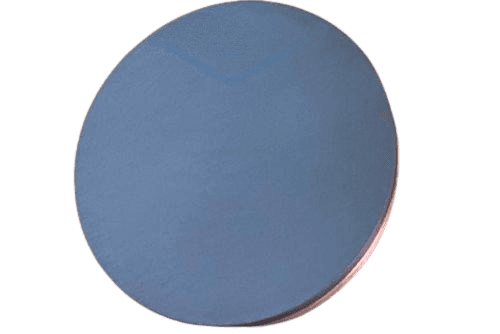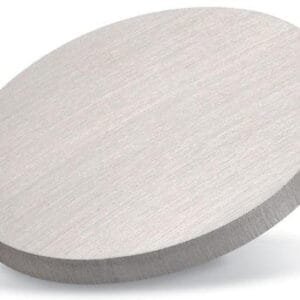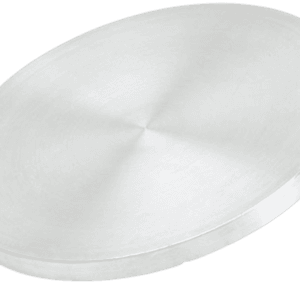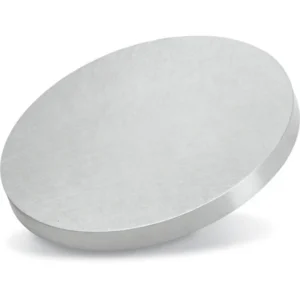LiNi₀.₅Mn₁.₅O₄ Sputtering Target Description
TFM supplies high-purity LiNi₀.₅Mn₁.₅O₄ sputtering targets, designed for use in advanced thin film deposition applications, particularly in the fields of energy storage, battery research, and solid-state thin-film lithium-ion batteries.
LiNi₀.₅Mn₁.₅O₄ (also abbreviated as LNMO) is a spinel-structured lithium nickel manganese oxide material known for its high-voltage operation (~4.7 V vs. Li/Li⁺), excellent thermal stability, and favorable rate capability. These characteristics make it an ideal cathode material for next-generation lithium-ion batteries and solid-state microbatteries.
When used as a sputtering target, LNMO enables the deposition of thin, uniform cathode films with good stoichiometric control and electrochemical performance. It is particularly suitable for fabrication by magnetron sputtering or pulsed laser deposition (PLD) in battery R&D.
LiNi₀.₅Mn₁.₅O₄ Sputtering Target Specification
| Property | Value |
|---|---|
| Chemical Formula | LiNi₀.₅Mn₁.₅O₄ |
| Crystal Structure | Spinel |
| Appearance | Black or dark brown ceramic |
| Purity | ≥ 99.9% (3N) |
| Density | ~4.3 g/cm³ |
| Melting Point | Decomposes before melting |
| Available Sizes | Dia.: 1″, 2″, 3″, 4″ Thick: 0.125″, 0.250″ (custom sizes available) |
| Form | Sintered ceramic disk or bonded target |
LiNi₀.₅Mn₁.₅O₄ Sputtering Target Handling Notes
Bonding is strongly recommended for LNMO sputtering targets due to their brittle nature and ceramic microstructure.
Avoid thermal shock during sputtering; ramp temperature gradually to reduce stress on the target.
Ensure clean handling and storage in a dry, inert environment to preserve material integrity.
LiNi₀.₅Mn₁.₅O₄ Sputtering Target Packaging
TFM ensures all LiNi₀.₅Mn₁.₅O₄ sputtering targets are vacuum-sealed or packed in inert conditions with protective foam or hard casing. Labels include material identification, batch number, and purity, ensuring traceability and quality assurance throughout the supply chain.
Get Contact
TFM offers LiNi₀.₅Mn₁.₅O₄ sputtering targets in standard and custom sizes, with high density and purity levels for consistent thin film deposition. Whether for battery R&D, energy storage films, or microfabrication, our LNMO targets deliver reliable performance.
Contact us for pricing, custom specifications, and bonding options.


 MSDS File
MSDS File



Reviews
There are no reviews yet.